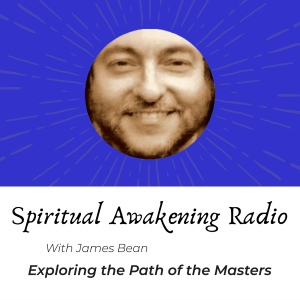
John the Baptist's Vegetarian Diet -- An Exploration of Early Christian Writings and Scholarly Texts
 2020-11-24
2020-11-24
Today we consult with not only Matthew 3:4 and Mark 1:6 with their references to "locusts and honey", but also explore the world of early Christian writings as well as scholarly texts. Some who know Greek and are affiliated with Eastern Orthodox Christianity believe that the mention of "locusts" in the New Testament actually refers to locust beans, also known as carob beans. Some describe "Saint John's bread" or "manna bread" as being made of locust bean flour, also known as carob flour, turned into a kind of Middle-eastern flat bread.
"In ancient texts the references to 'honey' in antiquity can refer equally to honey produced by bees, or to any number of other sweet substances, including dates, figs, pods, or sap/gum from carob or other trees." (John the Baptist’s Wild Honey and Honey in Antiquity, by James A. Kelhoffer)
There is a ‘vegetarian’ depiction of John’s diet in the Syriac Life and Martyrdom of John the Baptist supplying us with some context and it points to the sap in plants as being the natural sweet substance or "honey". The Life and Martyrdom of John the Baptist is attributed to Mark the Evangelist: "So, at once he [John the Baptist] was filled with the Holy Spirit, and he traveled into the wilderness. He was brought up in the wilderness, eating tips of plants and the sap in the plants."
The Slavonic edition of the Book of Josephus actually contains a saying attributed to John the Baptist: "I am pure; [for] the Spirit of God has led me on, and [I live on] cane and roots and tree-food." Josephus also describes the desert or wilderness diet of John the Baptist. We also consult with, The Life of John the Baptist by Sarapion; The Gospel of the Ebionites, another name for the Jesus Movement. We learn of their cousins in the John the Baptist sect (Nasoraeans); also about Epiphanius. And we examine the historic record and scholarly analysis of Bart Ehrman; Robert Eisenman; James Kelhoffer; Keith Akers, James Tabor; E.S. Drower; and G.R.S. Mead. We conclude with a reading from the vegetarian Prayer of Thanksgiving from the Hermetica, as well as the parallel version about this agape love feast or communal meal found in the Nag Hammadi Library.
More Episodes
 2024-02-01
2024-02-01
 2023-12-12
2023-12-12
 2023-12-05
2023-12-05
 2023-11-30
2023-11-30
 2023-11-16
2023-11-16
 2023-11-14
2023-11-14
Create your
podcast in
minutes
- Full-featured podcast site
- Unlimited storage and bandwidth
- Comprehensive podcast stats
- Distribute to Apple Podcasts, Spotify, and more
- Make money with your podcast
It is Free
- Privacy Policy
- Cookie Policy
- Terms of Use
- Consent Preferences
- Copyright © 2015-2024 Podbean.com




